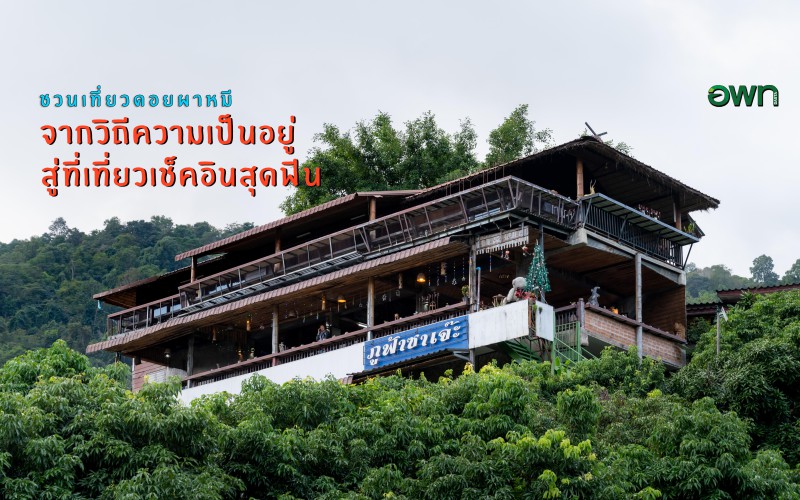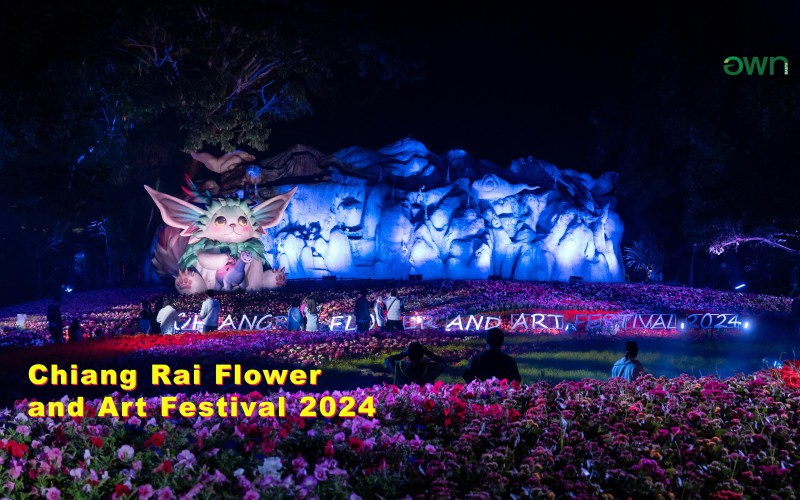Experiencing the Local Lifestyle, Skills, Arts, and Culture
The Designated Areas for Sustainable Tourism Administration (Public Organization), or DASTA, is committed to creating new experiences for tourists by providing opportunities for learning and experiencing the local lifestyle, skills, arts, and culture. Visitors will be able to participate in hands-on workshops and other activities with the locals.

For over 9 years, DASTA is committed to developing the nation’s sustainable tourism. This corresponds to Thailand’s 20-Year National Strategy (2018-2037), which focuses on creative tourism and culture for value creation.
Watcharee Churaksa, Assistant Director of DASTA, made the following statement: "By developing tourist attractions into creative tourism destinations, DASTA is focused on creating value-to-benefit from the existing resources of each community. DASTA is committed to create an effective model of creative tourism, characterized by activities which reflect the local communities’ unique identities, lifestyle, skills, arts, and culture. Visitors shall have the opportunity to participate in hands-on workshops with the locals, fostering an exchange of knowledge and experiences between the two parties. By creating their own unique products, the visitors may have ideas which lead to further development."

Watcharee Churaksa
Creative tourism fosters a sense of pride among the local community for their identity, heritage, and resources. Tourists spend longer time at the community, developing a deeper understanding and appreciation for its people. This leads to value creation, higher tourist spending, and an increase dispersion of revenue for the local community. Moreover, creative tourism serves as a tool for community development – preserving traditional and cultural heritages while creating fair jobs and distributed income for locals.
Creative tourism, however, is challenging to develop due to social constraints. Local artisans and artists are becoming even more scarce, since knowledge has not been disseminated to the younger generations who moved into large cities for work. Thus, local artisans are amongst the elders of each community. DASTA sees the urgency in reaching out to these artisans for knowledge dissemination, using creative tourism activities as a tool for preserving each community’s cultural and traditional heritage.
Besides the scarcity of local artisans, the creative tourism market also lacks effective storytellers. Effective storytellers express the significant contexts, symbolisms, and meanings of each community to tourists, which enhance their experience and encourages them to revisit the area. On the other hand, storytellers who lack thorough understanding of each community’s contexts will share unimpactful information, discouraging tourisms from revisiting the community.
Most local communities lack interconnectedness with the market. Locals lack communication, marketing, and public relations skills – requiring a "missing link" to connect their core competencies with market opportunities. Examples include tour companies, hotels, and restaurants which help connect the local community with visitors.
A significant problem of most local communities is the establishment of creative tourism workshop prices which do not reflect their true costs. Communities calculate costs which are either excessive or insufficient. When selling prices do not reflect true costs, they become uncompetitive and unable to effectively connect with the tourism market.

Assistant Director Watcharee also stated that DASTA established the Creative Tourism Brain Bank (CTBB), consisting of think tanks, creative designers, scholars, and the nation’s leading tourism businesses. The purpose of the CTBB is to steer and develop Thailand’s creative tourism industry based on the expertise and managerial experiences of its members.
DASTA strives to develop creative tourism centered upon local communities, collaborating with community tourism development associations in designated "special zones." Moreover, DASTA facilitates networking between travel companies and hotels with local communities. Creative tourism destinations shall be added to travel itineraries, while creative tourism activities shall be recommended to hotel guests in each area.
DASTA supports all associates and partners to develop Thailand’s creative tourism industry, disseminating knowledge and developmental tools to local organizations, academic institutions, and community networks seeking to strengthen creative tourism in their area.



 Share
Share




